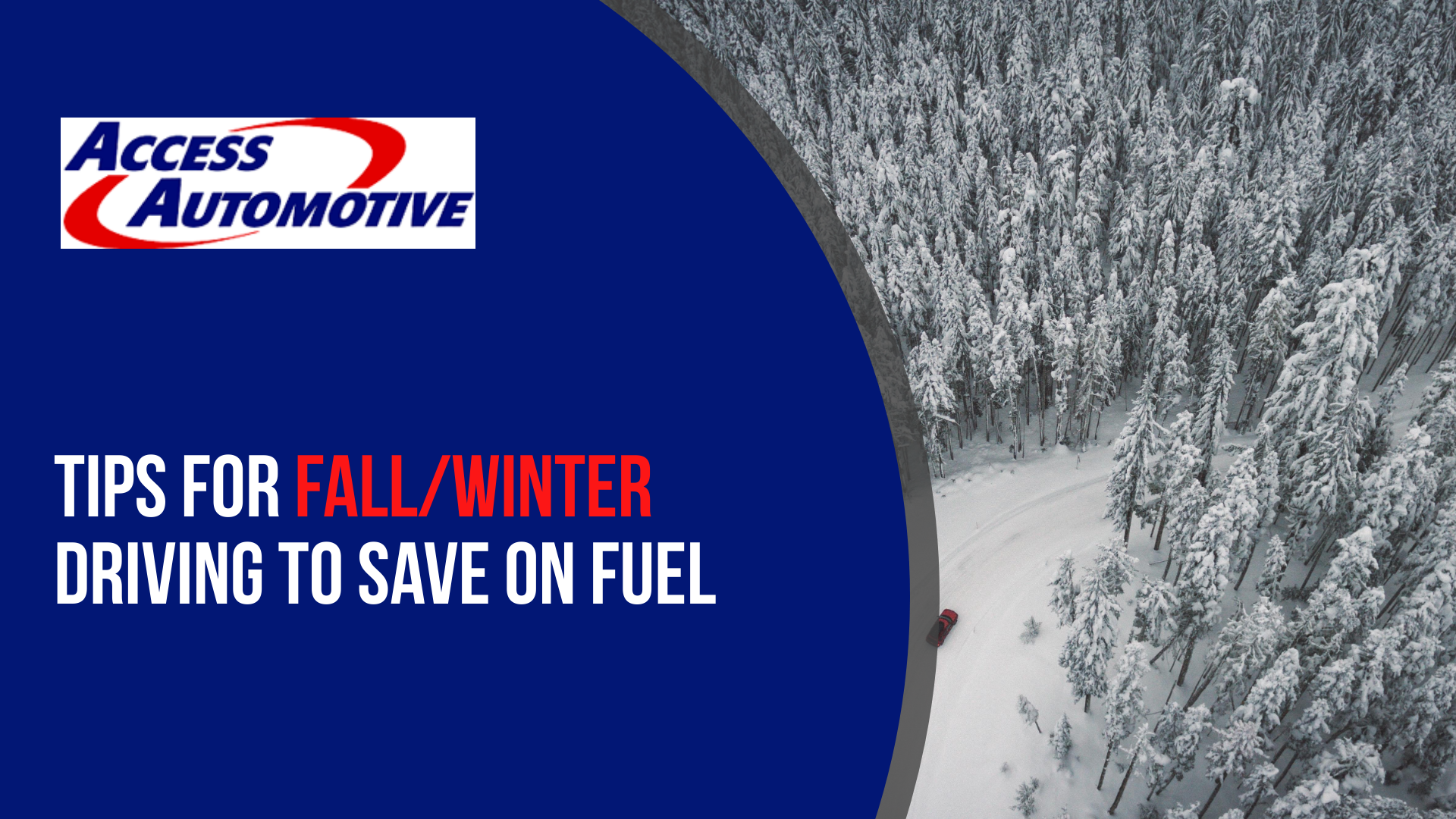Fall will be upon us before you know it, and with that is getting prepared for the challenging driving conditions that come with living in Edmonton!
Fuel Consumption Soars in cold weather – sometimes by as much as 50%. That’s hard on your wallet and hard on the environment
Warm Up By Driving
Once a vehicle is running, the best way to warm it up is to drive it. With computer-controlled, fuel-injected engines, you need no more than 30 seconds of idling on winter days before driving away. Anything more simply wastes fuel.
Besides, more than the engine needs to be warmed up. So do the wheel bearings, steering, transmission and tires, and that can only happen when the vehicle is moving. For a typical vehicle, it takes at least 5 km of driving to warm everything up.
Although it is important to drive away as soon as possible after a cold start (but not before the windows are defrosted), you should avoid high speeds and rapid acceleration for the first 5 kilometres or so. The goal is to bring the whole car up to peak operating temperature as quickly as possible while maximizing fuel economy.
Use an automatic timer to switch on your block heater two hours before you plan to drive your vehicle. This is all the time needed to warm the engine.
Snow and vehicle weight.
You already know that extra weight increases fuel consumption. Snow building up in wheel wells and under bumpers adds weight and rubs against tires, further increasing rolling resistance. And snow piled on top of the vehicle increases drag and vehicle weight. For safety as well as fuel economy, clear snow off your vehicle before you drive away.
To prevent your windows from fogging up, open a window as soon as you enter the vehicle. Clear snow from the air intake on top of the hood. Otherwise, the defroster will draw moisture into the system and fog the windshield.
Tire Inflation
Your tires need special attention during winter. Cold temperatures decrease the air pressure in tires. Each tire that is under-inflated by 2 psi (14kPa) causes a 1% increase in fuel consumption. Check tire pressures regularly, and especially after a sharp drop in temperature. Before adding air to your tires let some air out of each valve and blow some air out of the hose. This prevents moisture from gathering in the valve, where it can freeze and cause the valve to leak. If possible use your own tire gauge, since the gauges built into air pumps are often inaccurate or missing.
Snow Tires vs. All Season Radials
For some Canadian drivers, all-season tires are sufficient for winter driving. Tires that do not have the ‘3 peaked mountain snowflake symbol’ may provide safe performance in most weather conditions, but are not designed for snow or ice-covered roads. If your roads are regularly snow-covered, snow tires will improve traction, reduce slippage and improve safety and save fuel. All-season tires do not provide the same grip below -15° C.
Take It Easy
One last tip for winter driving – take it easy. The more your vehicle slips and slides and spins its wheels, the more fuel you waste and the more you increase the chance of an accident. And we can all do with a little less stress!!

